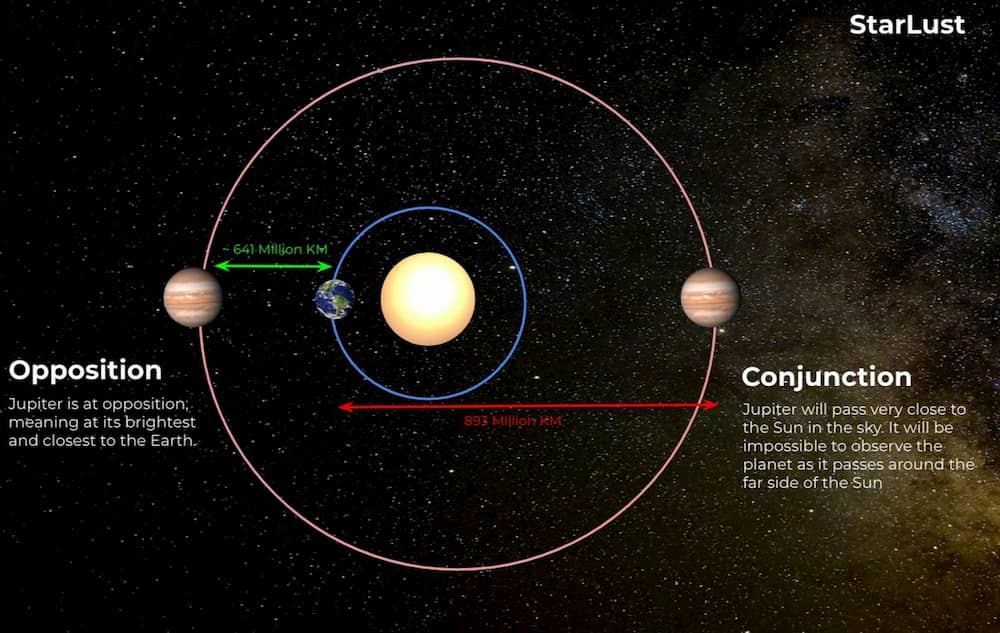NASA has long been at the forefront of space exploration, and its latest mission to Mars represents a significant leap in the quest to uncover evidence of life beyond our planet. The agency’s bold strategy involves a multi-faceted approach to sample collection and analysis, utilizing cutting-edge technology and international collaboration to enhance the chances of success. As scientists continue to study the Martian environment, the potential for discovering signs of life—whether past or present—has never been more promising.
The mission, known as the Mars Sample Return (MSR) program, aims to collect soil and rock samples from the Martian surface and return them to Earth for detailed analysis. This ambitious project is a collaboration between NASA and the European Space Agency (ESA), combining resources and expertise to maximize the potential for groundbreaking discoveries. The MSR program is designed to address some of the most pressing questions in astrobiology: Did life ever exist on Mars? If so, what form did it take, and how did it evolve?
To achieve these goals, NASA has developed a sophisticated plan that includes the deployment of advanced rovers equipped with state-of-the-art scientific instruments. These rovers will traverse the Martian landscape, selecting and collecting samples from locations deemed most likely to yield evidence of life. The selection of these sites is based on extensive research and analysis of Mars’ geology and climate, focusing on areas that may have once harbored water—an essential ingredient for life as we know it.
One of the key components of the MSR program is the Perseverance rover, which landed on Mars in February 2021. Perseverance is equipped with a suite of scientific instruments designed to analyze the Martian surface and collect samples for future return missions. The rover’s primary objective is to search for signs of ancient microbial life, particularly in the Jezero Crater, which is believed to have once contained a lake. The crater’s unique geology and the presence of clay minerals make it an ideal location for studying the planet’s past habitability.
In addition to Perseverance, NASA plans to send a second rover to Mars, which will be responsible for retrieving the collected samples and preparing them for launch back to Earth. This rover will work in tandem with Perseverance, ensuring that the samples are securely stored and transported to a designated launch site. The samples will then be sent to Earth aboard a specially designed spacecraft, where they will undergo rigorous analysis by scientists around the world.
The implications of this mission extend far beyond the scientific community. The potential discovery of life on Mars could fundamentally alter our understanding of biology and the conditions necessary for life to thrive. It would also raise profound questions about humanity’s place in the universe and the possibility of life existing elsewhere. As such, the MSR program has garnered significant interest from both the scientific community and the general public.
Moreover, the MSR program is not just about answering questions related to Mars; it also serves as a stepping stone for future human exploration of the planet. By understanding the Martian environment and its potential for supporting life, NASA can better prepare for future missions that may involve human colonization. The knowledge gained from the MSR program will inform the design of habitats, life support systems, and other critical technologies needed for sustained human presence on Mars.
As the mission progresses, NASA is committed to transparency and public engagement. The agency plans to share updates on the mission’s findings and developments, fostering a sense of excitement and curiosity about the exploration of Mars. Educational initiatives and outreach programs will also be implemented to inspire the next generation of scientists and engineers, ensuring that the legacy of Mars exploration continues for years to come.
In conclusion, NASA’s Mars Sample Return program represents a bold and innovative strategy to uncover evidence of life on Mars. Through advanced technology, international collaboration, and a commitment to scientific inquiry, the agency is poised to make significant strides in our understanding of the Red Planet. As the mission unfolds, the world watches with anticipation, eager to learn what secrets Mars may hold and how they could reshape our understanding of life in the universe.

